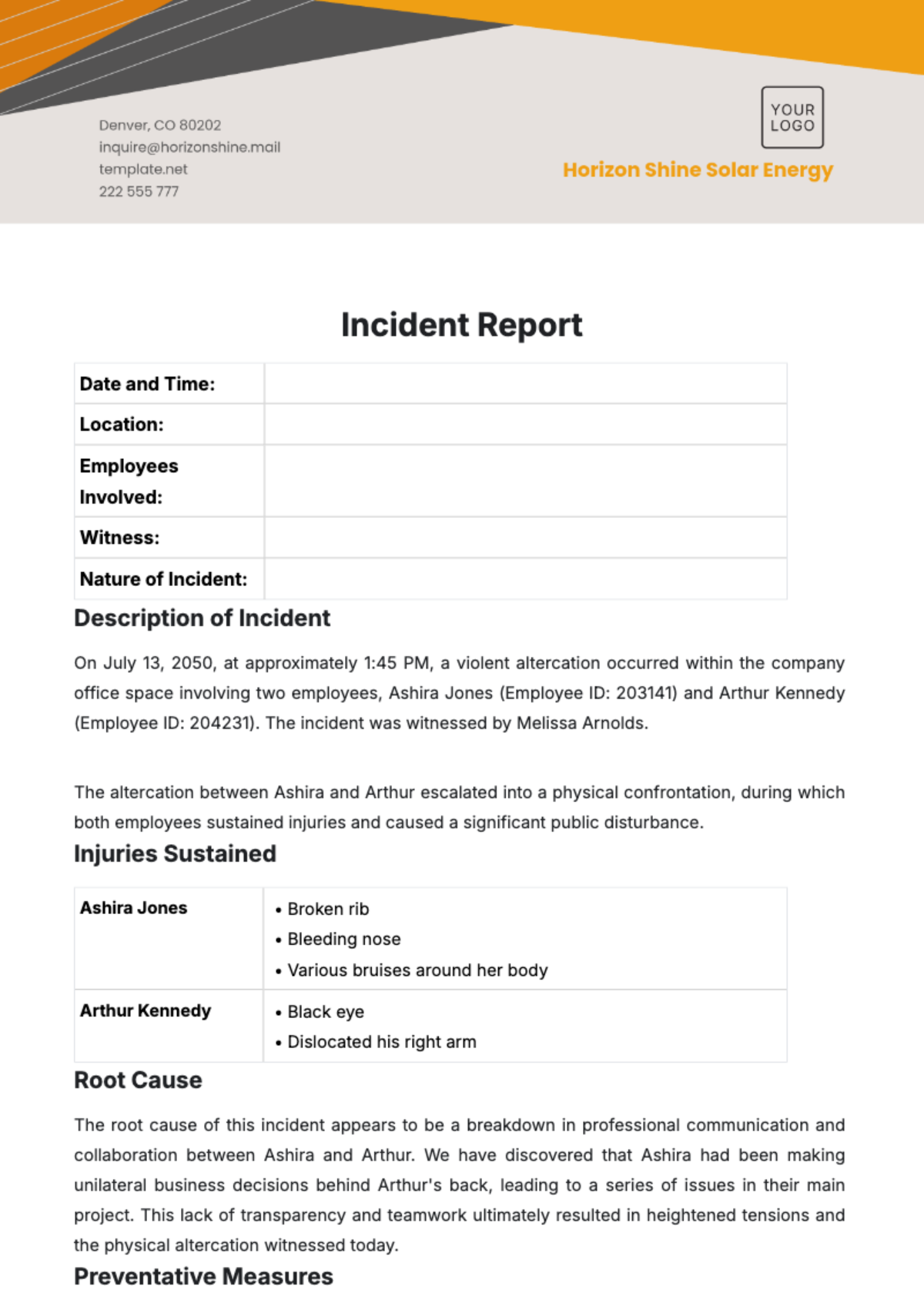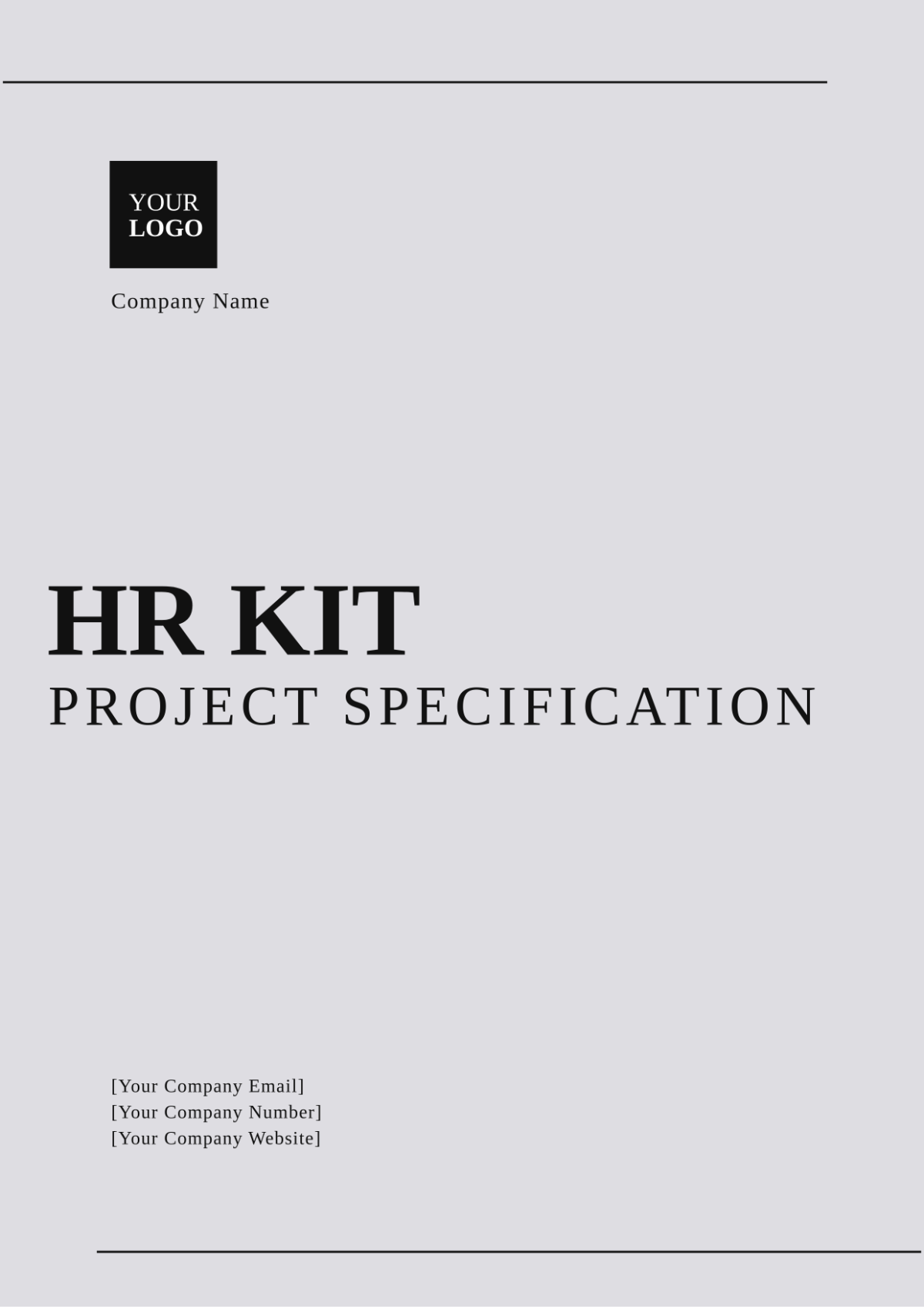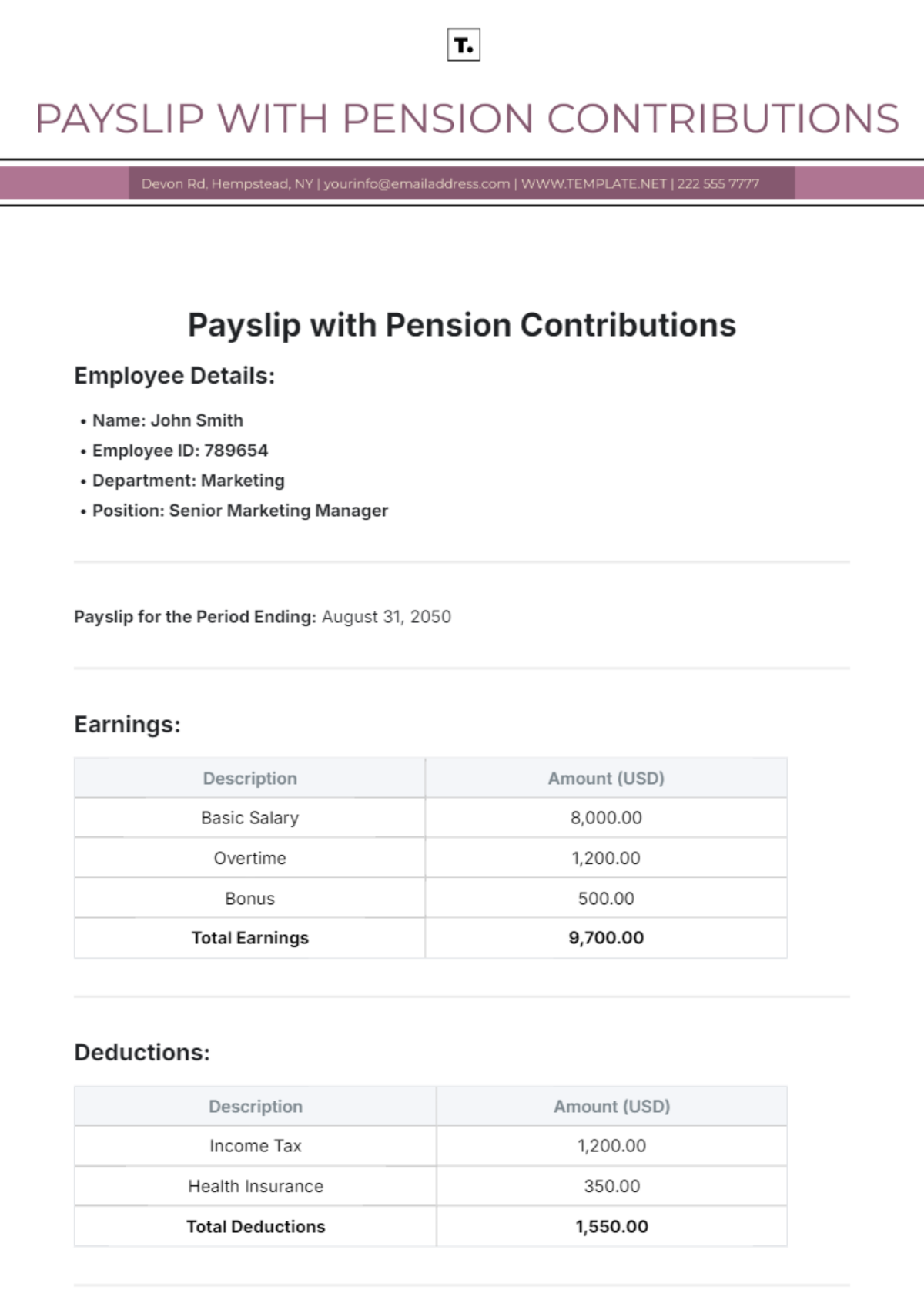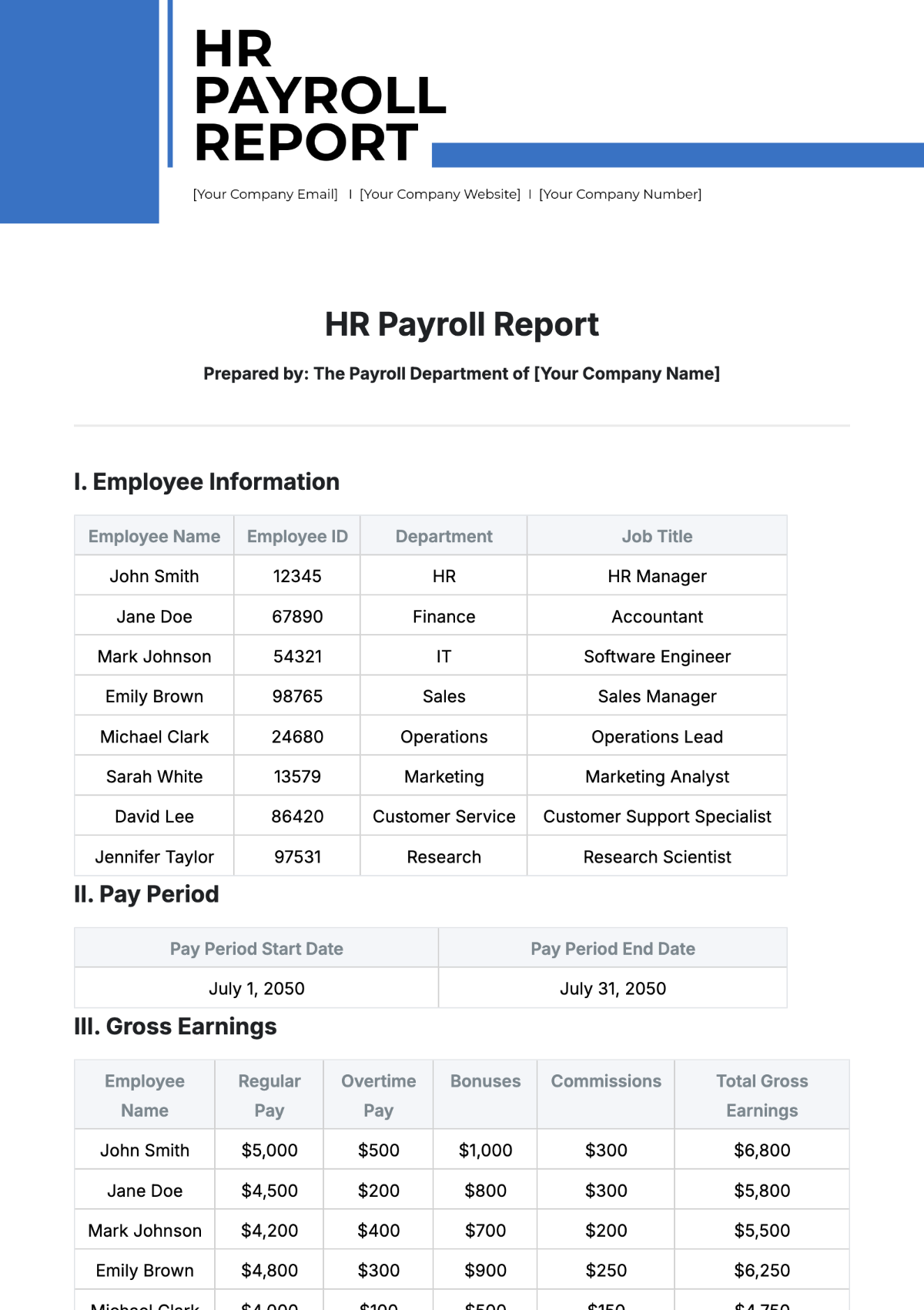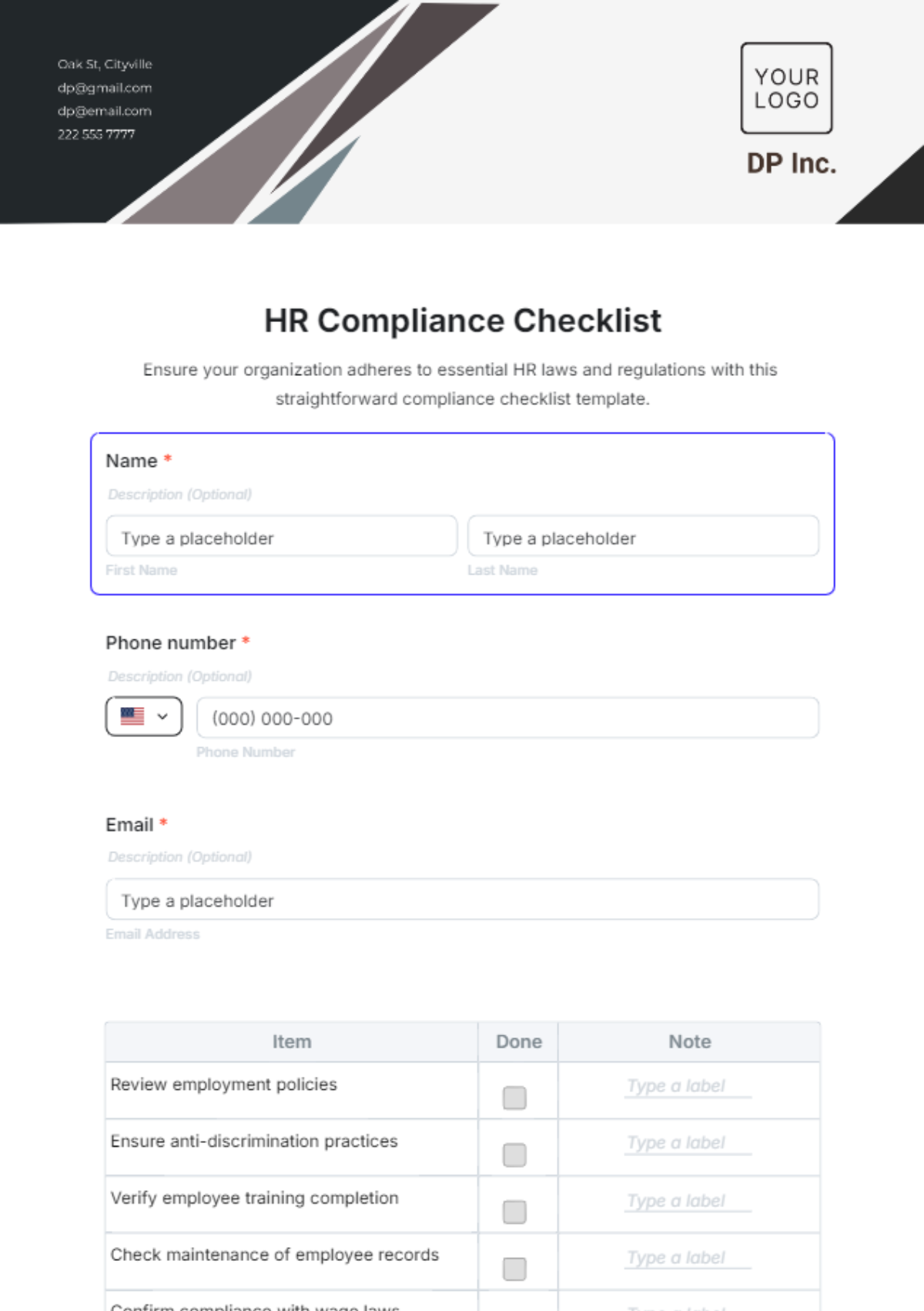KEY RESULT AREA (KRA) COMPILATION
Introduction
The Key Result Area (KRA) Compilation Document for the Sales Manager role is a comprehensive guide to defining, measuring, and optimizing performance. This document plays a pivotal role in aligning individual contributions with the strategic objectives of our sales department and [Company Name] as a whole. It outlines the critical performance areas, objectives, key performance indicators (KPIs), and action plans for continuous improvement.
List of Key Result Areas (KRAs)
1. Sales Revenue Generation
The Sales Manager is entrusted with the responsibility of achieving and surpassing sales revenue targets. Success in this KRA ensures the financial health and growth of the organization.
Objectives:
Objective 1: Achieve a quarterly sales revenue target of $1,000,000 by implementing effective sales strategies and tactics.
Objective 2: Increase the average deal size by 10% within the fiscal year through a focus on cross-selling and upselling opportunities.
KPIs:
KPI 1: Quarterly sales revenue achieved.
KPI 2: Average deal size.
KPI 3: Sales conversion rate, measured by the percentage of leads converted to paying customers.
2. Team Leadership and Development
The Sales Manager serves as the leader and mentor to the sales team, nurturing their growth and potential to maximize productivity and results.
Objectives:
Objective 1: Conduct monthly performance evaluations for each sales team member, providing constructive feedback and setting personalized development plans.
Objective 2: Facilitate at least one training session per quarter, focusing on improving team selling skills and product knowledge.
KPIs:
KPI 1: Individual and team performance improvements, measured through periodic performance assessments and goal attainment.
KPI 2: Employee satisfaction scores, determined through regular surveys and feedback sessions.
3. Customer Relationship Management
Building and maintaining strong customer relationships is crucial for ensuring customer satisfaction, loyalty, and repeat business.
Objectives:
Objective 1: Increase the customer retention rate by 15% within the fiscal year by proactively addressing customer needs and concerns.
Objective 2: Obtain at least three customer referrals per quarter, leveraging positive relationships to expand our customer base.
KPIs:
KPI 1: Customer retention rate, calculated as the percentage of customers retained over a specific period.
KPI 2: Number of referrals acquired, measured through tracking referred leads that convert to customers.
4. Market Expansion
Identifying and exploring new markets and opportunities for business growth is a pivotal part of the Sales Manager's role.
Objectives:
Objective 1: Expand the customer base by 20% in the next six months by identifying and targeting new customer segments.
Objective 2: Launch a new product line in a previously untapped market segment to diversify our offerings and revenue streams.
KPIs:
KPI 1: Customer acquisition rate, calculated as the percentage increase in the customer base.
KPI 2: Market penetration rate, measured through tracking sales and market share in the new market segment.
Weightage or Priority
Key Result Area | Percentage |
Sales Revenue Generation | 40% |
Team Leadership and Development | 25% |
Customer Relationship Management | 20% |
Market Expansion | 15% |
Responsibilities and Ownership
Key Result Area | Assigned To |
Sales Revenue Generation | Bill Fisher |
Team Leadership and Development | Courtney Lundquist |
Customer Relationship Management | Bob Ewert |
Market Expansion | Kerry Allen |
Timeline and Reporting Frequency
Quarterly reviews and performance assessments to track progress toward objectives and KPIs.
Monthly team meetings to discuss ongoing developments, challenges, and opportunities.
Measurement and Assessment Methodology
Sales reports from the CRM system, including revenue data, deal sizes, and conversion rates.
Customer feedback and retention analysis, incorporating surveys and direct feedback from customers.
Market research and expansion tracking, analyzing market data, competitor activity, and customer demographics.
Targets vs. Actual Performance
Key Result Area | Target | Actual (Q1) | Actual (Q2) |
Sales Revenue Generation | $1,000,000 | $950,000 | $1,100,000 |
Team Leadership and Development | N/A | Ongoing | Ongoing |
Customer Relationship Management | N/A | Ongoing | Ongoing |
Market Expansion | 20% growth | 12% growth | In Progress |
Action Plans and Improvement Strategies
Key Result Area | Strategy |
Sales Revenue Generation | To address the shortfall in Q1 sales revenue, intensify targeted marketing efforts and initiate a sales training program focused on improving deal sizes. |
Team Leadership and Development | Increase the frequency of coaching sessions for the sales team to enhance performance and conduct a team-building workshop. |
Customer Relationship Management | Launch a customer feedback program and establish a dedicated customer support team. |
Market Expansion | Develop a market entry strategy for the new product line and conduct thorough market research. |
Alignment with Organizational Goals
The Sales Manager's KRAs directly align with [Company Name]’s strategic goals of revenue growth, customer satisfaction, and market expansion. Success in these areas is essential to our overall success and profitability.
Sign-Off and Approval
[Your Name]
Signature: ___________________
Date: December 6, 2050


